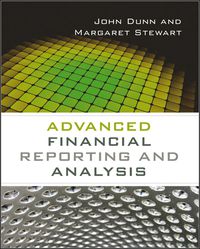Ravsten Company uses a job-order costing system. On January 1, the beginning of the current year, the company's inventory balances were as follows: Raw materials Work in process Finished goods $18,000 $10,800 $30.400 The company applies overhead cost to jobs on the basis of machine-hours. For the current year, the company estimated that it would work 36,400 machine-hours and incur $161,980 in manufacturing overhead cost. The following transactions were recorded for the year a. Raw materials were purchased on account $208,000 b. Raw materials were requisitioned for use in production: $194,000 (80% direct and 20% Indirect). c. The following costs were incurred for employee services: Direct labour Indirect labour Sales commissions Administrative salaries $163,200 $ 27,800 $ 37,200 $ 81,600 d. Heat, power, and water costs were incurred in the factory: $43,800 e. Prepaid insurance expired during the year. $12,000 (85% relates to factory operations, and 15% relates to selling and administrative activities) Advertising costs were incurred, $52,000, 9. Depreciation was recorded for the year. $62,400 (90% relates to factory operations, and 10% relates to selling and administrative h. Manufacturing overhead cost was applied to production. The company recorded 40,800 machine-hours for the year. Goods that cost $497,600 to manufacture according to their job cost sheets were transferred to the finished goods warehouse J. Sales for the year totalled $718,600 and were all on account. The total cost to manufacture these goods according to their job cost sheets was $491,800 Required: 1. Prepare journal entries to record the transactions given above. (Do not round Intermediate calculations. If no entry is required for a transaction/event, select "No journal entry required" in the first account field.) 2. Prepare T-accounts for inventories, Manufacturing Overhead, and Cost of Goods Sold. Post relevant data from your journal entries to these T-accounts (don't forget to enter the opening balances in your inventory accounts). Compute an ending balance in each account Raw Materials Manufacturing Overhead Beg. Bal Beg Bal End, Bal 0 End. Bal Work in Process Cost of Goods Sold Beg. Bal Beg. Bal End. Bal 0 End. Bal 0 Finished Goods Beg. Bal End. Bal 0 3-a. Is manufacturing overhead underapplied or overapplied for the year? Overapplied overhead Underapplied overhead 3-b. Prepare a journal entry to properly dispose of any balance in the Manufacturing Overhead account (Do not round intermediate calculations and round your final answers to 2 decimal places. If no entry is required for a transaction/event, select "No journal entry required" in the first account field.) View transaction list Journal entry worksheet










